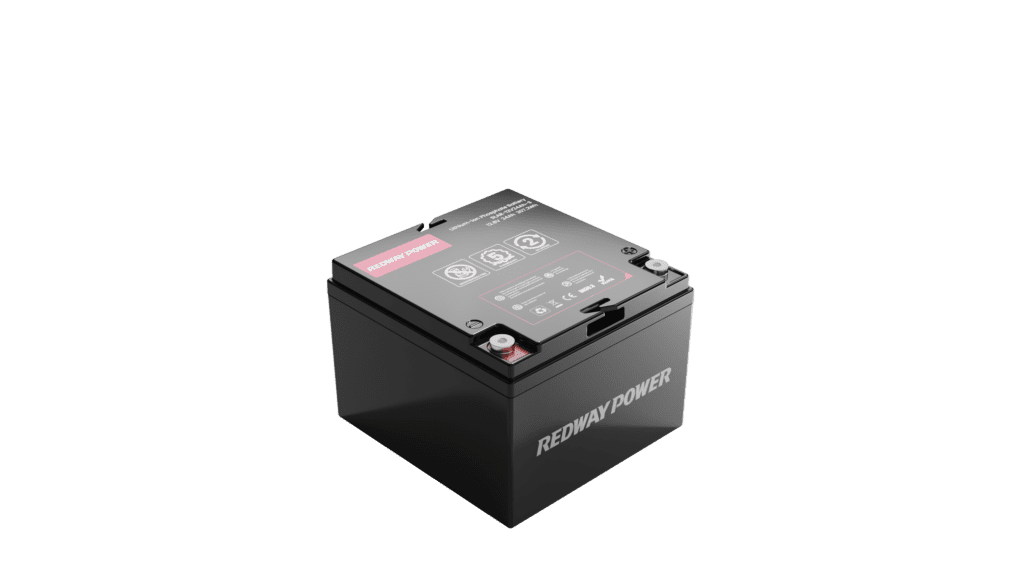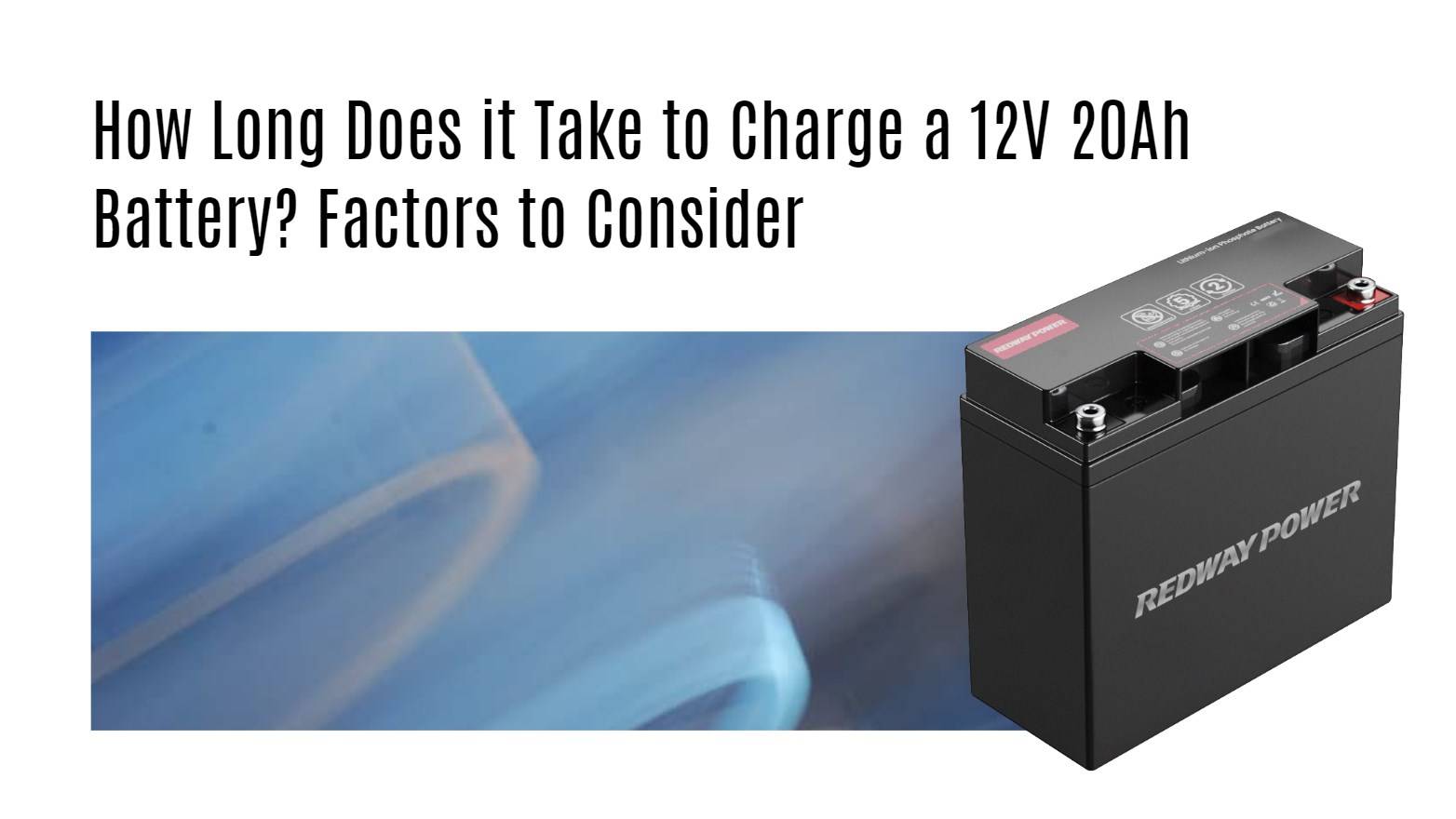Charging a 12V 20Ah battery typically takes between 5 to 10 hours, depending on several factors such as the charging current, battery condition, and ambient temperature; understanding these elements can help optimize the charging process.
What Factors Influence Charging Time for a 12V Battery?
Several factors affect how long it takes to charge a 12V battery, including:
- Charging Current: Higher currents reduce charging time.
- Battery State of Charge (SoC): A fully discharged battery charges faster than one that is partially charged.
- Battery Type: Different chemistries (lead-acid vs lithium-ion) have varying charging characteristics.
Chart: Factors Affecting Charging Time
| Factor | Description |
|---|---|
| Charging Current | Higher current = faster charging |
| State of Charge | Lower SoC = faster initial charge |
| Battery Chemistry | Lithium-ion generally charges faster than lead-acid |
How Do Amperage and Voltage Impact Charging Duration?
The charging duration is influenced by both amperage (current) and voltage; typically, charging at 10-20% of the battery’s capacity (for a 20Ah battery, this means 2-4 amps) is recommended to achieve optimal charging times without damaging the battery.Chart: Estimated Charging Times Based on Amperage
| Charge Current (A) | Estimated Time (Hours) |
|---|---|
| 2 A | ~10 hours |
| 4 A | ~5 hours |
| 10 A | ~2 hours |
What Are the Best Practices for Efficient Charging?
To ensure efficient charging:
- Use a charger that matches your battery type.
- Monitor the battery’s state of charge during charging.
- Avoid deep discharges before recharging.
- Ensure proper ventilation during charging.
How Does Battery Age Impact Charging Time and Efficiency?
As batteries age, their internal resistance increases, which can lead to slower charging times; older batteries may not accept charge as efficiently, requiring more time to reach full capacity.
What Safety Precautions Should Be Taken When Charging Batteries?
Safety precautions include:
- Ensuring proper ventilation to avoid gas buildup.
- Using chargers with built-in safety features.
- Regularly inspecting cables and connections for wear.
How Can You Measure the Actual Current Going into a Battery?
To measure current, use an ammeter or multimeter set to measure current in series with the battery; this will provide real-time data on how much current is being supplied during charging.
Expert Views
“Understanding how various factors influence charging time can significantly enhance your experience with battery maintenance,” says Dr. Sarah Johnson, an expert in energy storage systems.
Conclusion
The charging time for a 12V 20Ah battery can vary depending on several factors such as the amperage of the charger, state of charge, and temperature. By understanding these factors and following the tips for faster charging, you can effectively charge your battery in a timely manner while ensuring safety precautions are taken into consideration. Remember to always refer to the manufacturer’s guidelines for specific charging recommendations tailored to your battery model. Happy charging!

However, it’s important to note that charging times can vary depending on factors such as the type of charger used, the temperature of the battery, and the charging conditions. It’s also important to ensure that the charger used is compatible with the battery, and that it is not overcharged, which can damage the battery and reduce its lifespan.
Therefore, it’s always recommended to refer to the manufacturer’s guidelines for charging time and best charging practices for the specific battery you have.
FAQ Section
- What is the ideal charge rate for a lead-acid battery?
For lead-acid batteries, it is generally recommended to charge at about 10-20% of their capacity. - Can I charge my battery at higher currents?
While higher currents can reduce charging time, they can also lead to overheating and damage if they exceed safe limits. - How often should I charge my battery?
Charge your battery when it reaches about 50% capacity to maintain optimal health and longevity.



